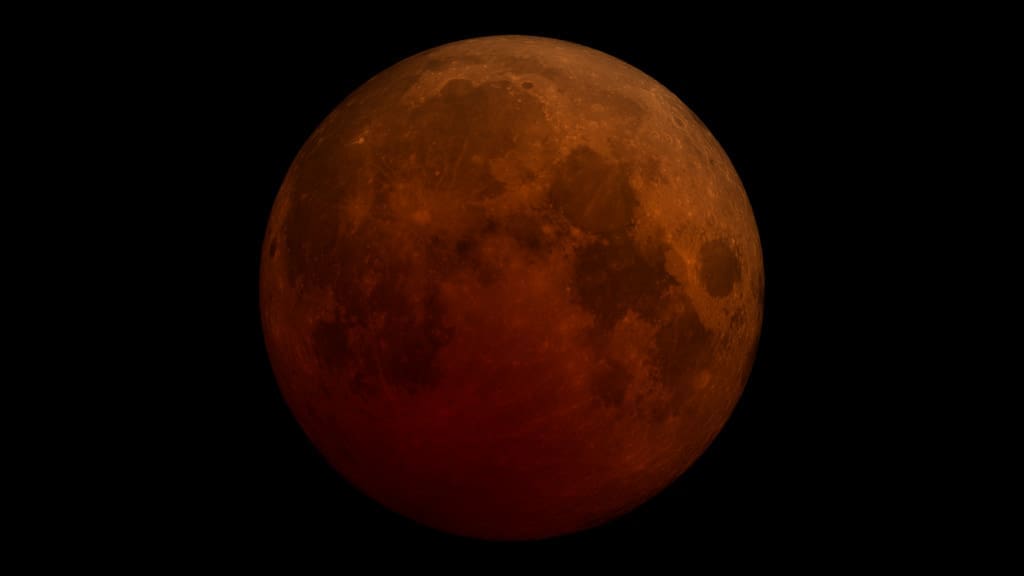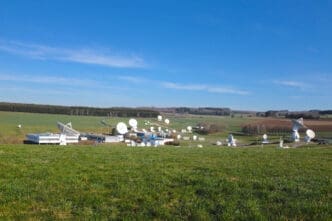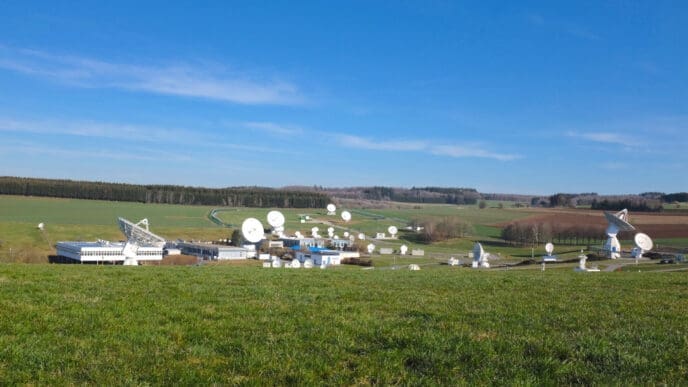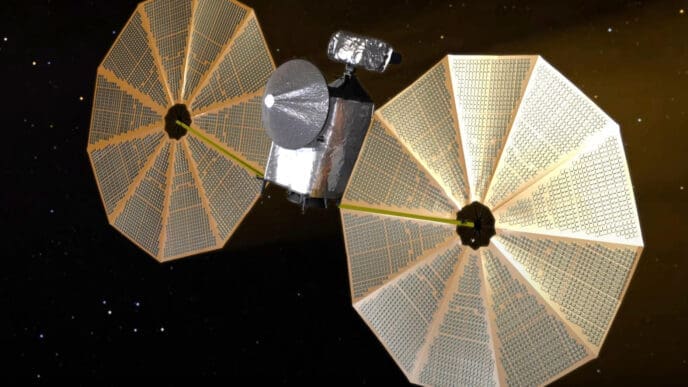Get ready to look up! The total lunar eclipse of March 2025 is almost here, and it promises a spectacular view as the Moon turns a striking red-orange. As it drifts into Earth’s shadow, this celestial event becomes an unmissable sight. Depending on where you are, you might witness this wonder on the night of March 13 or the morning of March 14.
Are you curious about why the Moon changes color during this eclipse? Or perhaps how best to watch it? This eclipse isn’t just about witnessing the Moon; it’s about understanding the cosmic dance between our planet, the Sun, and the Moon. Let’s dive into what you can expect to see, why it happens, and how to make the most of your experience.
What is a lunar eclipse?
A lunar eclipse occurs when the Sun, Earth, and Moon align in a way that forces the Moon into Earth’s shadow. In a total lunar eclipse, the entire Moon is enveloped by the darkest part of Earth’s shadow, known as the umbra. This occurrence creates a magnificent red-orange glow, giving rise to the term ‘Blood Moon.’
How can I observe the eclipse?
Luckily, you don’t need any fancy equipment to enjoy the lunar eclipse. Just find a spot away from bright city lights for the best view. If you have binoculars or a telescope handy, these tools can enhance what you see, bringing the Moon closer to you. This particular eclipse will be visible from the Western Hemisphere.
Considerations such as a dark, unobstructed horizon will boost your viewing experience. Whether you choose to watch with the naked eye or through enhanced lenses, remember to check the weather forecast—clear skies are key!
What can I expect to observe?
The phase of totality is when the eclipse reaches its peak beauty. Lasting for over an hour, totality will end at 12:31 AM PDT, 3:31 AM EDT, 07:31 UTC. You’ll see the red hue fade as the Moon exits the umbra. The partial eclipse concludes at 1:47 AM PDT, 4:47 AM EDT, 08:47 UTC. The final act, the end of the penumbral eclipse, wraps up the show at 3:00 AM PDT, 6:00 AM EDT, 10:00 UTC.
Seeing the Moon gradually return to its usual glow is a peaceful end to this astronomical event. To capture these moments, consider using a camera with a tripod for stability, remembering to test a few exposure settings.
Why does the Moon turn red during a lunar eclipse?
The Moon reddens during a lunar eclipse for the same reason our skies appear blue and sunsets glow red. Sunlight is technically white, composed of multiple colors. The blue light easily scatters when it hits Earth’s atmosphere, while reddish hues pass through more directly.
During a lunar eclipse, the Moon’s surface catches sunlight that filters through Earth’s atmosphere, creating a global sunrise and sunset spectacle. It’s as if the Moon is reflecting all the sunrises and sunsets of the world, coloring it red during this alignment.
What else can I observe on the night of the eclipse?
Eclipses offer more than just a beautiful Moon. Look west and you might glimpse Jupiter and Mars shining brightly. During the eclipse, the Moon passes through Leo and into Virgo, making constellations more visible as the Moon dims.
This stargazing opportunity extends beyond the eclipse itself, with many celestial wonders to explore. A good skywatching session can uncover constellations, planets, and more, providing a chance to deepen your understanding of the night sky.
With a bit of planning, you can fully enjoy the total lunar eclipse in March 2025. Whether you’re viewing it alone or with friends, make the most of this celestial dance. It’s a chance to connect with the cosmos.












